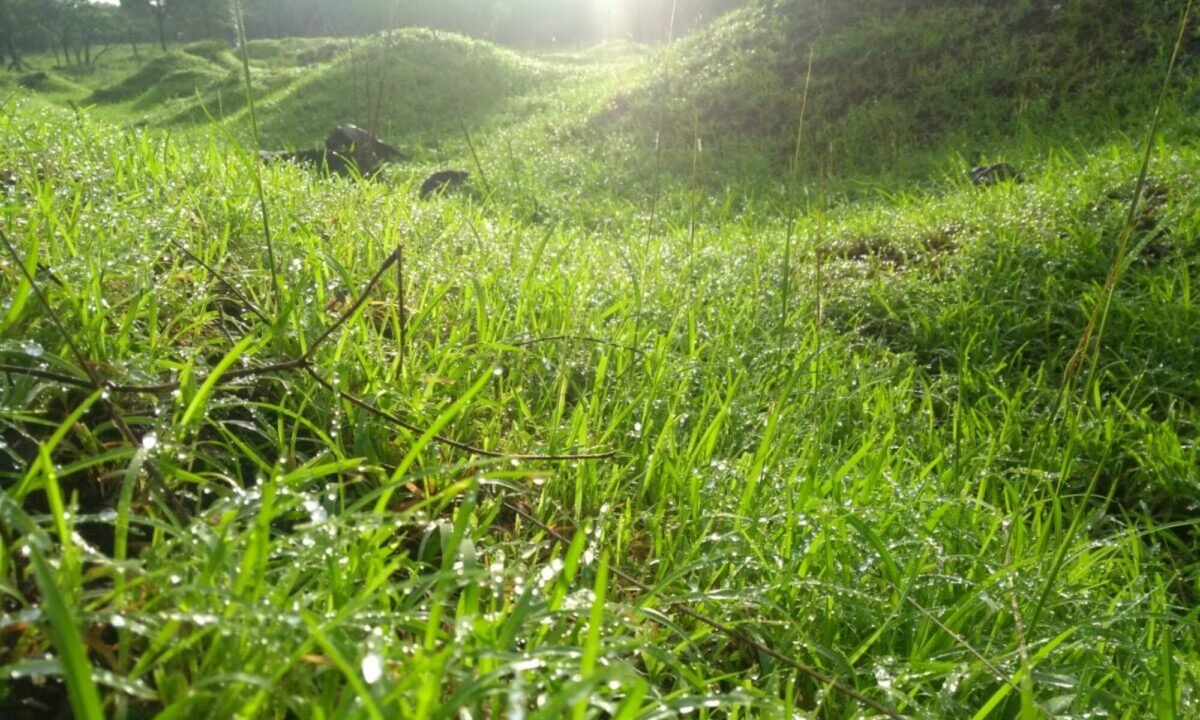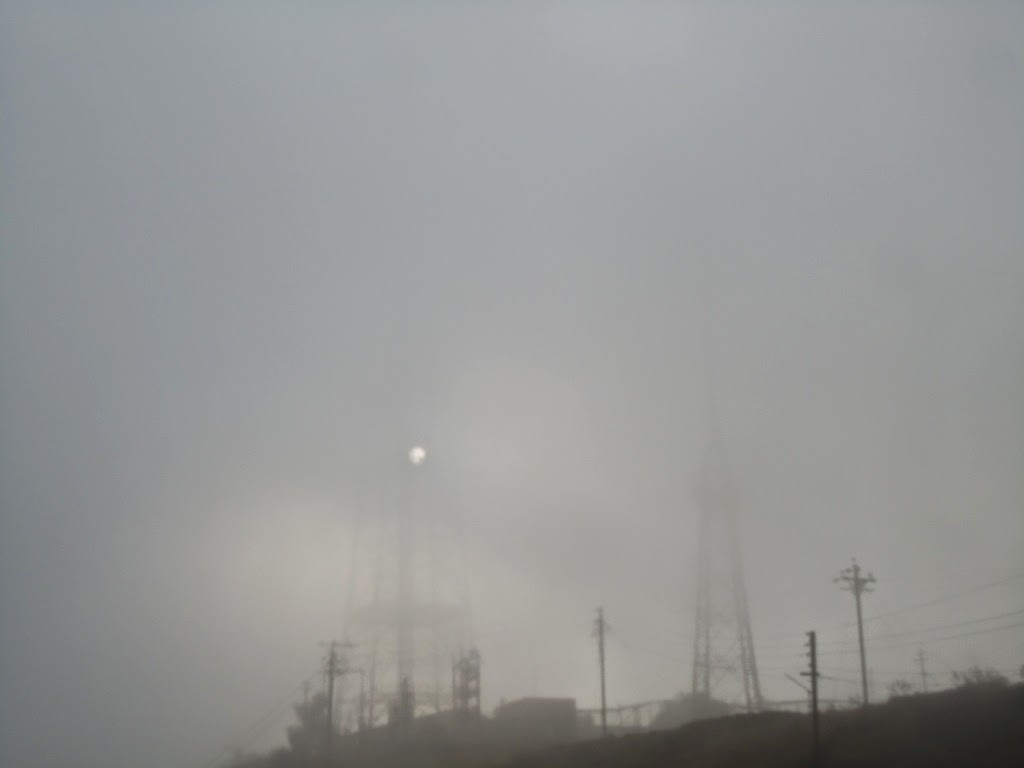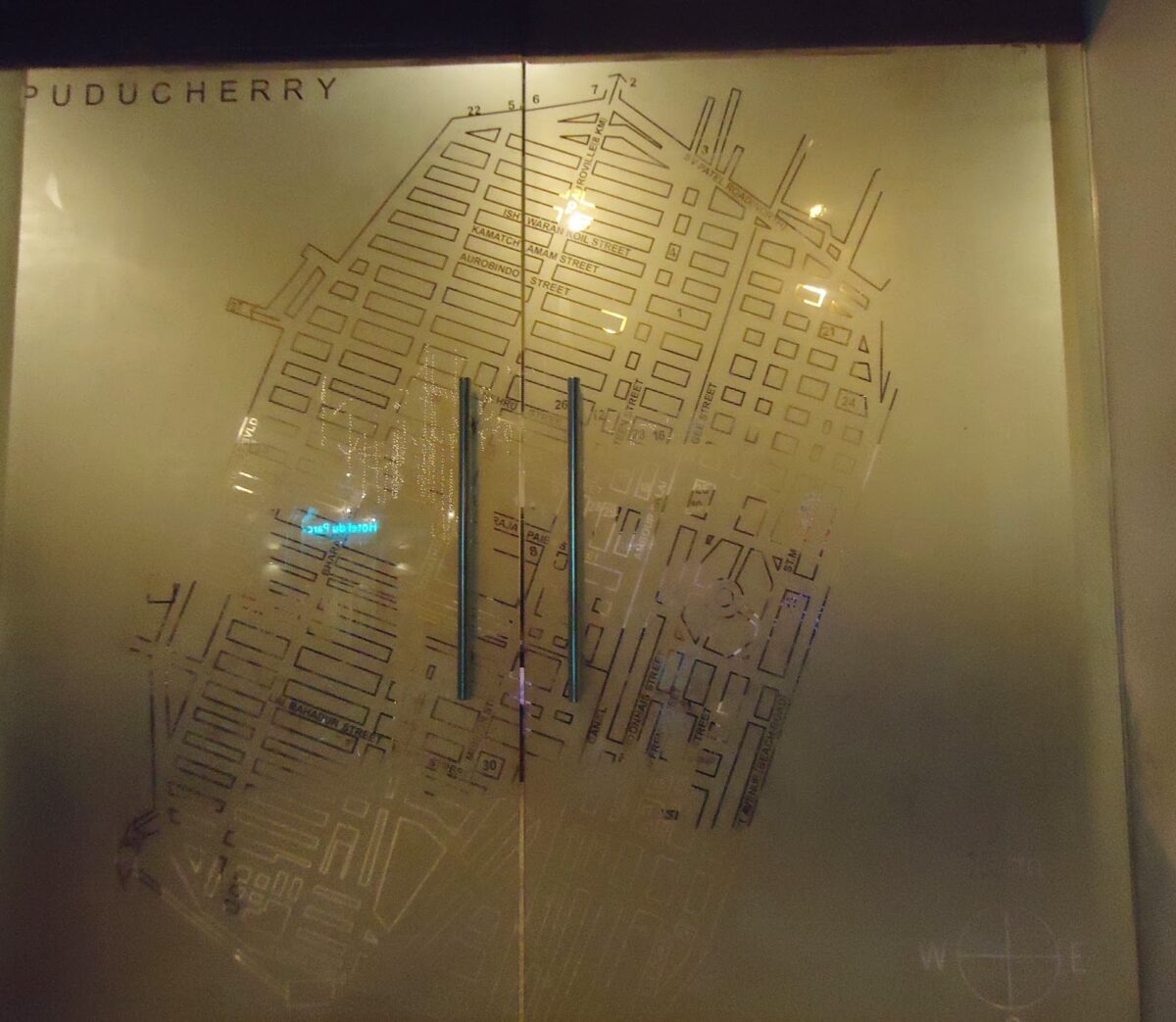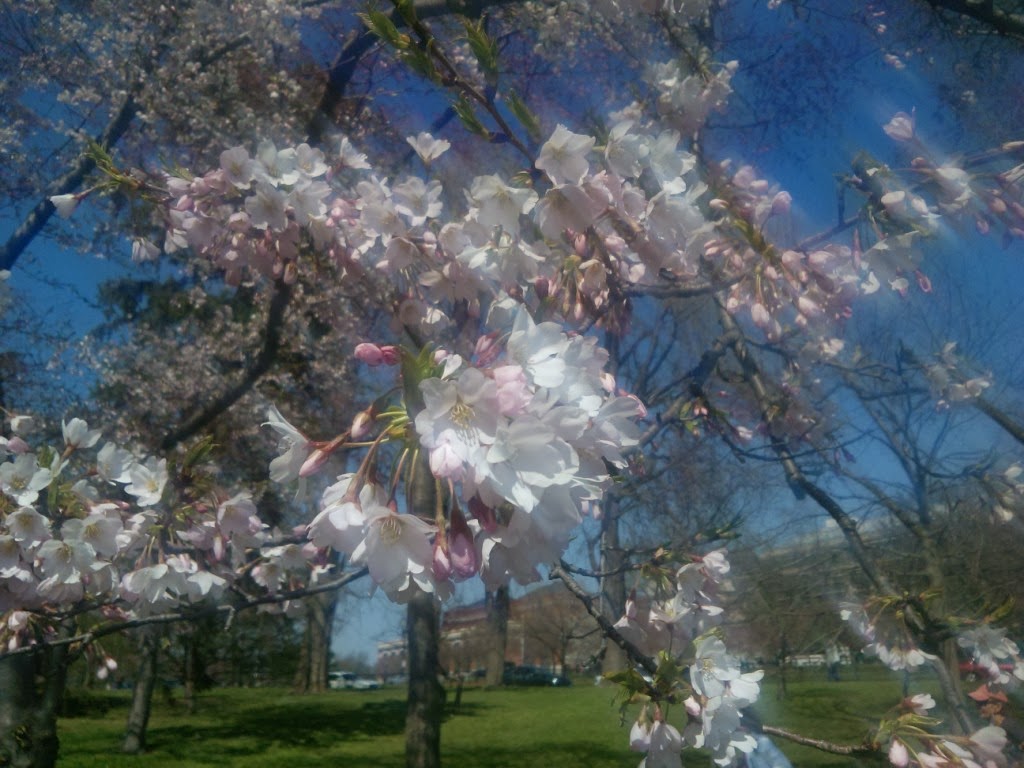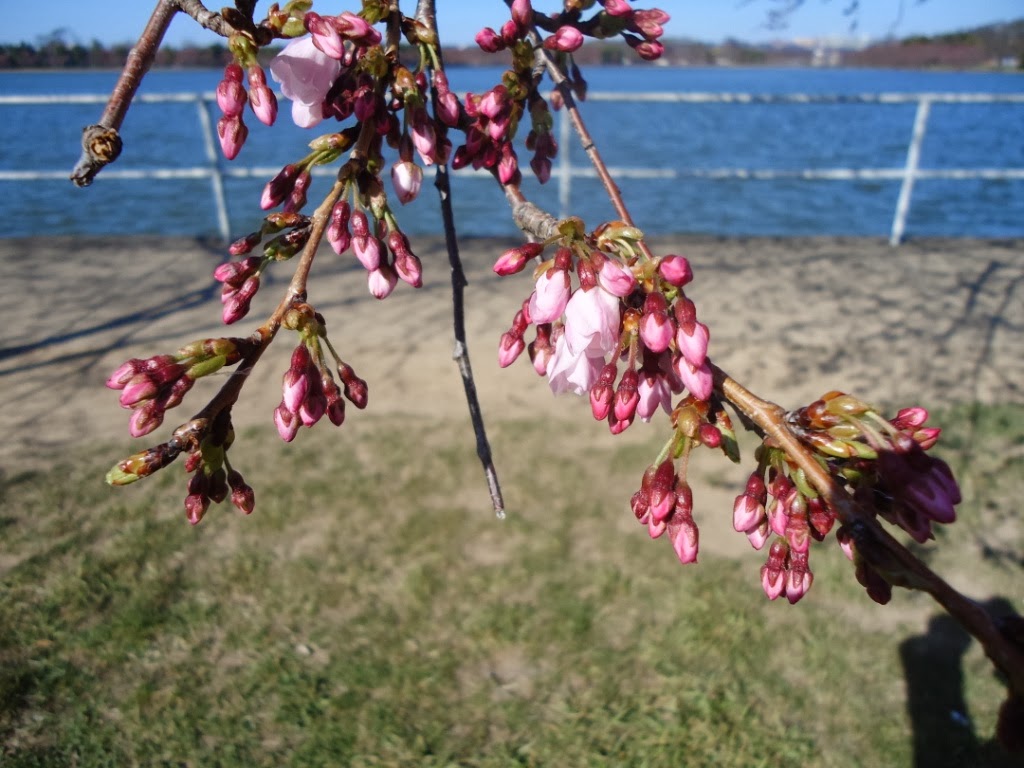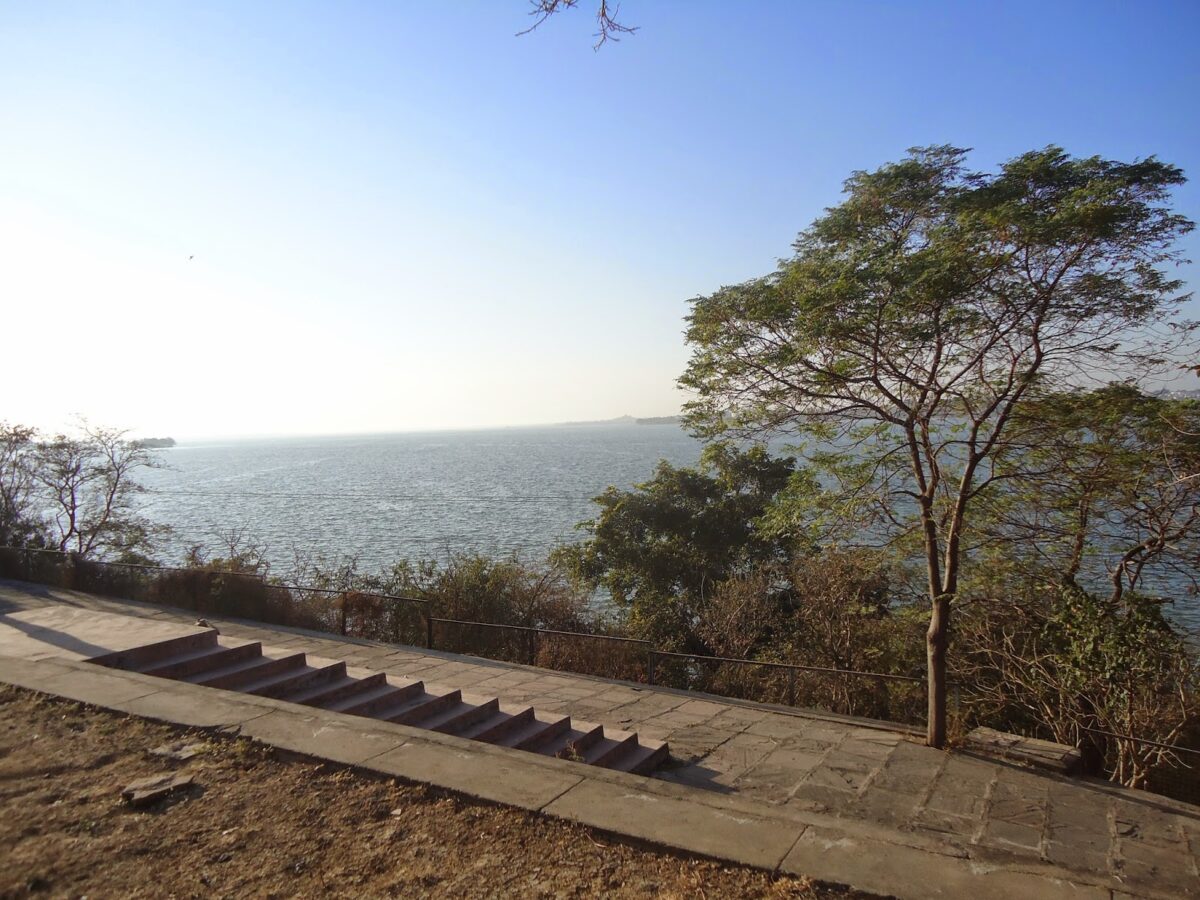
The Best of Ruskin Bond
I happened to get hold of “The Best of Ruskin Bond” an anthology of his prose and poetry and was totally enthralled by his work. The stories are autobiographical and describe his childhood, the various personalities that have influenced his life. His love of nature and trees comes through palpably specifically in “Bird Life in the City” and “In the Garden of My Dreams.”
“At Home in India” is something that each one of us should read and share especially if anyone has any difficulty in articulating their patriotism.
The travel writings immediately transported me to Mandakini valley as I almost felt myself seeing the Alkananda and the Ganga. This book has put Dehra Doon on the top of my travel list!! An awesome inspiration for a person wanting to write about my travels…
I do not know the
technical definition of a ‘short’ story but these are about 5/6 pages
long and they commanded my attention like no other in the recent past.
There are several sentences that have stayed with me long after I put away the book. Here are a couple from “The Kitemaker” but every story is a treasure by itself.
“Now everyone hurried, in a heat of hope, and delicate things like kites and daydreams were trampled underfoot.”
“There is a great affinity between trees and men. We grow at much the
same pace, if we are not hurt or starved or cut down. In our youth we
are resplendent creatures, and in our declining years we stoop a little,
we remember, we stretch our brittle limbs in the sun, and then, with a
sigh we shed our last leaves.”

 |
|
| Image taken from Peguin India | http://www.penguinbooksindia.com/en/content/best-ruskin-bond |
Go grab the book and read!
Cheers!
Space for Parking or Kollam? (Wordless Wednesday)
Sun at Sinhagad (Wordless Wednesday)
Potholed Wonders
I admit I too had not done much ‘sight seeing’ of significant places close to my city, or indeed in the city itself. Something that I have been consciously working to overcome over the last year or so. This post is about one such wonderful place that I visited recently.
Potholes usually evoke images of roads riddled with holes and pits with traffic mayhem all around. So when I read about possibly several hundred years old naturally formed potholes near Pune which are geological wonders themselves I just had to go there…
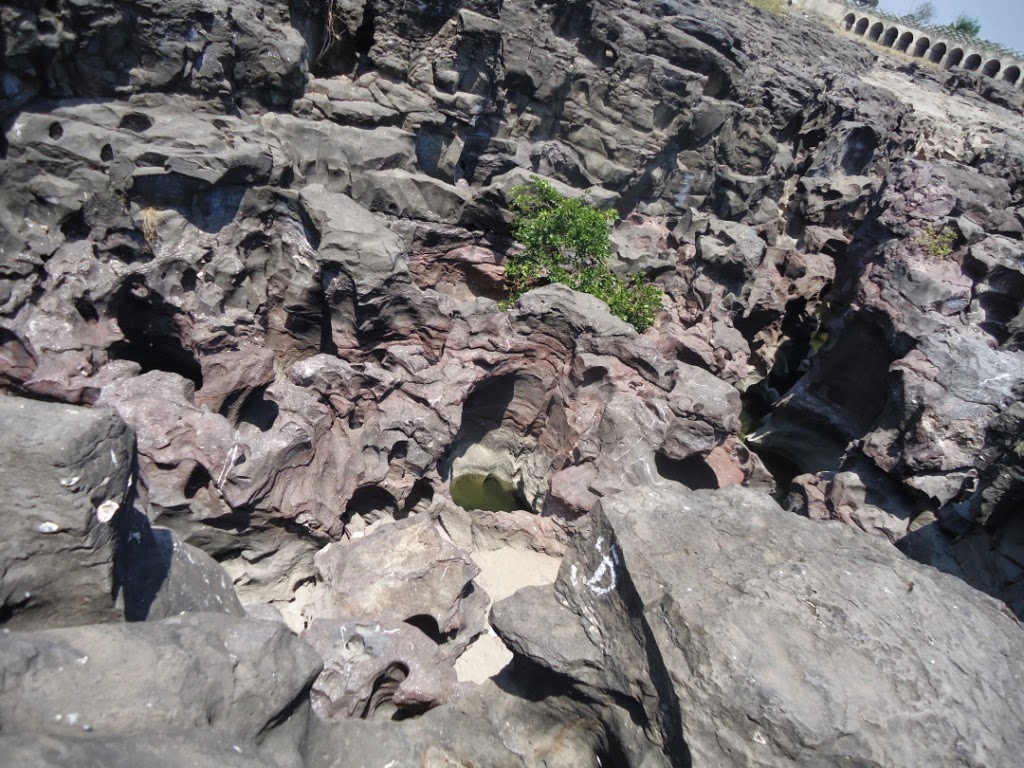 |
| Natural potholes seen near Pune |
These are at a place called Nighoj about a couple of hours drive (approx 90kms) from Pune. The road is excellent except the last part when one has to lurch across the country roads to actually reach the river bed. We are going to see potholes remember?? Jokes apart, these are formations in the bed of the River Kukdi. The irregular jagged ‘holes’ or craters seem like a canyon and open up suddenly as one trudges along the hot rocky river bed. Despite seeing some amazing photographs in a magazine, the sight took my breath away.
These potholes are formed in the layered basalt rock of the river bed and extend for quite some distance and were about 25 feet wide and deep where we stood. The depth may be more in other parts according to reports. Being the peak of summer, the river had hardly any water, thanks also to the dam that is built on it. This showcased the full glory of the potholes and made them easily accessible as well.
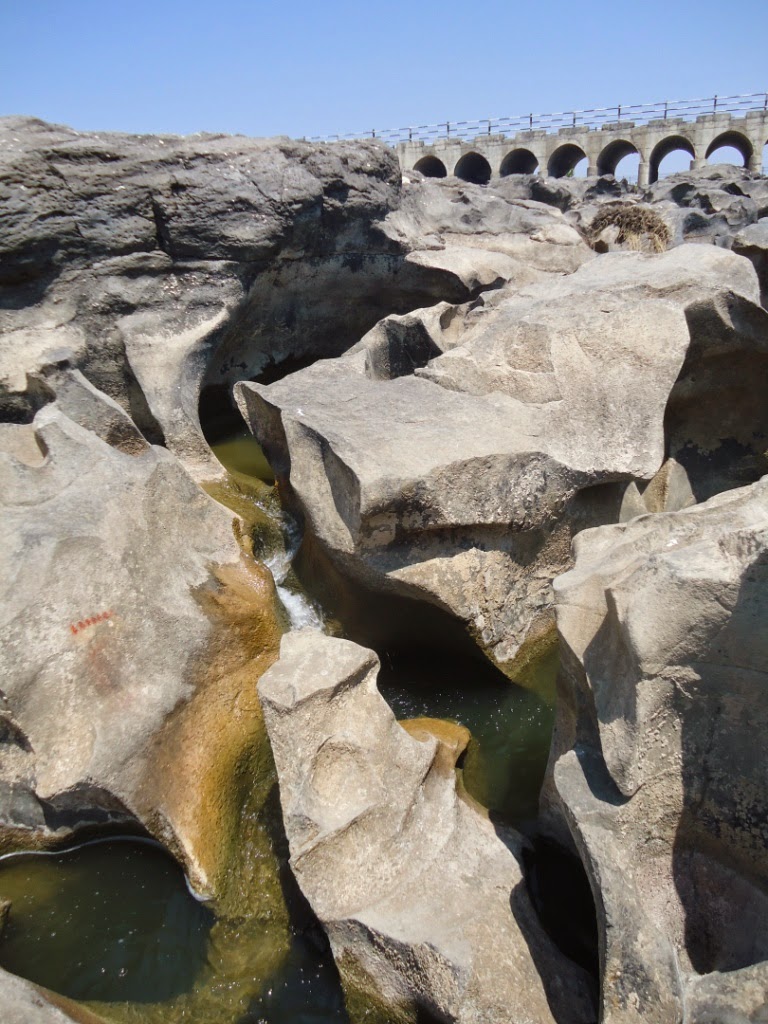 |
| Dam wall visible in the distance |
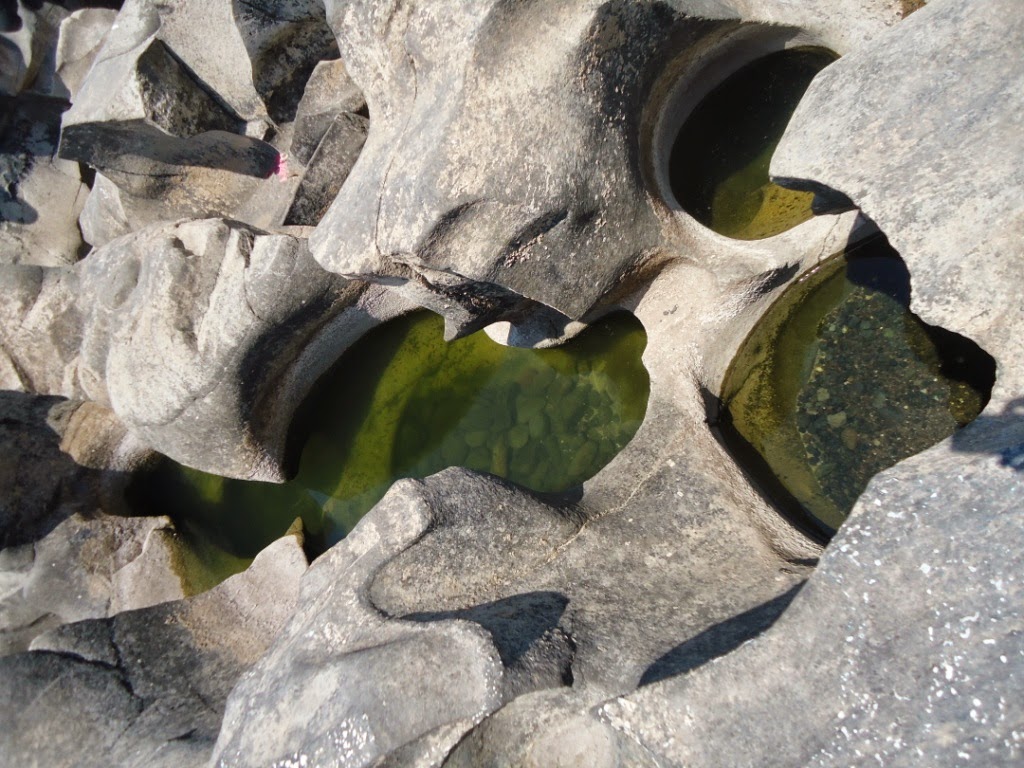 |
| The holes are shaped like a pot being wider in the centre |
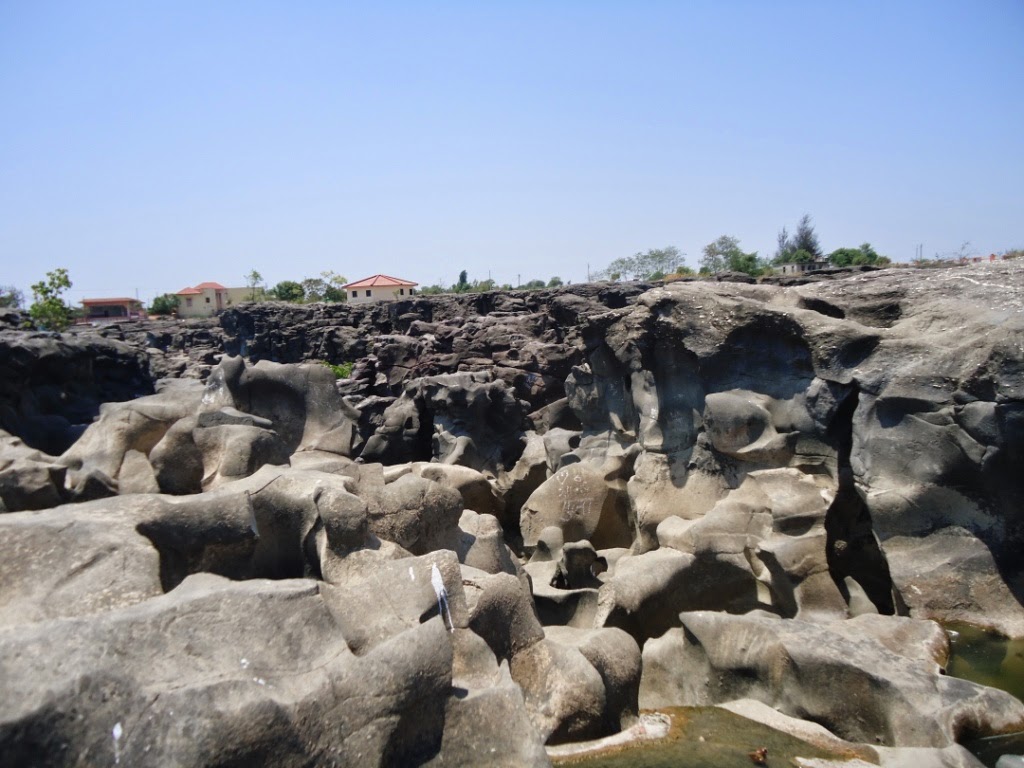
A huge plus was that the river bed was very clean. There were a couple of temples on both sides of the river and a Laman Jhoola built across it. One can see the potholes slowly end and the river bed gets the usual flat appearance downstream.
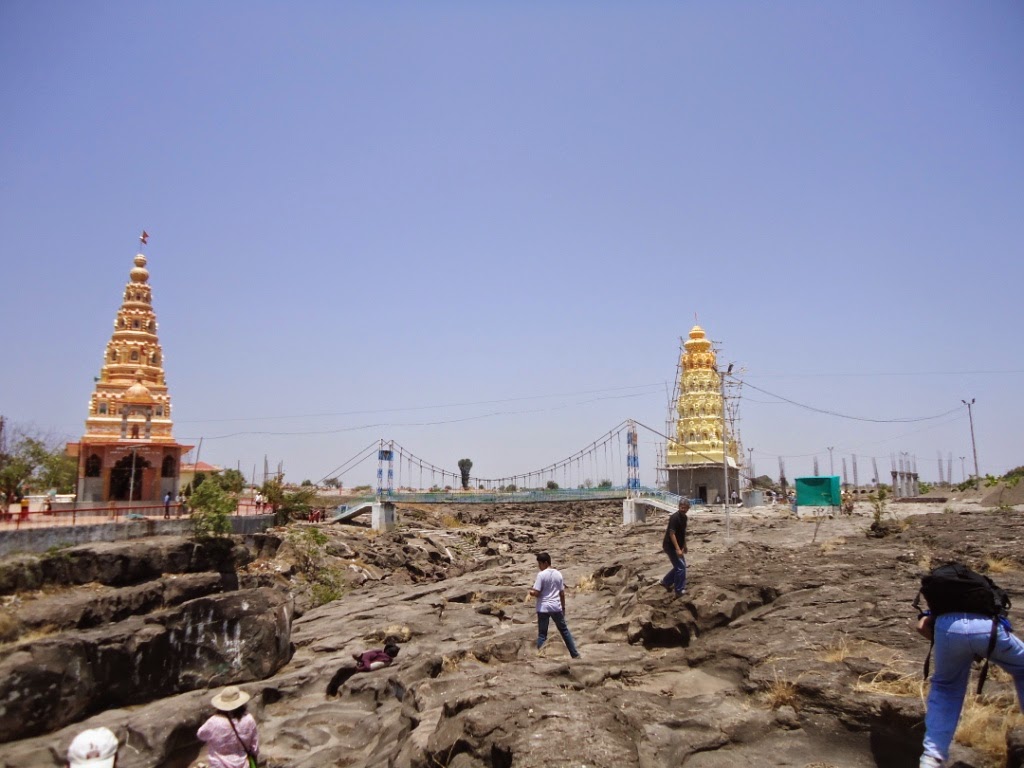 |
| Temples and Laxman Jhoola |
The area is home to the uncommon Capparis decidua. En route one passes several pomegranate fields as well as onion fields enroute where the harvested onions are stored in makeshift huts called ‘Kandyachee chaal’ कांद्याची चाळ (depending on the season you visit).
 |
| कांद्याची चाळ |
We were very lucky to see a colony of Swifts. It was a beautiful sight to see the birds feed their young ones. A binocular is a must!! Their nests are washed away every time the river fills up and they rebuild them again the next year. Tip: Keep utter silence so as the birds are not scared off.
 |
| Colony of Swifts |
If you are in Pune with half a day to spare do visit this amazing place.The famous Ranjangaon Mahaganapati Temple is located close by on the main Nagar Road and can be easily added to to the itinerary.
🙂
Happy travelling!
Speaking Door (Wordless Wednesday)
Travel right
The attractive ads and heavy
discount offers tempt us daily via print and visual media to sign up for group tours/guided holidays. We had booked for one such tour, I began to have last minute cold feet, would the tour be too hectic,
would I return tired instead of refreshed, would the change in
weather/ food/ water suit me… With a bit of common sense and some planning we had a wonderful holiday.
I would like to share my ideas that made it possible and hopefully will help you continue your exercise during your holiday so you can enjoy every
minute of it.
1. Closely study the itinerary of your tour. Usually the daily routine involved sitting in the bus for
long stretches (anywhere between 2-5 hours), and walking also between
1-3 kms daily ( if not more). Now remember this walking is different
from the routine walks which most of us undertake. On a tour one is
usually also carrying along a handbag with miscellaneous objects like
a water bottle, sunscreen, towel, a book maybe, purchases at the
souvenir store, umbrella/ raincoat and some snacks/ medicines. All
this can add up to 2 kgs not counting the camera whose weight varied
depending on the type. Also at home we walk in cooler times of the
day whereas here it could be at any time in the heat / cold or in the
hills. So one needs to prepare for that. I ensured that I was
walking 3 kms daily prior to commencement of the journey in order to
acclimatize. If you are not used to walking then begin with 20minutes
of walking and gradually increase.
2. Most cities in western countries have excellent roads and groups travel in high tech
coaches. This minimises the effects of jerks and bumps. But what of
the sitting posture itself? The spine stays continuously in a flexed
(bent) position, the feet remain hanging and the
neck faces severe torture if one takes a nap in a moving bus! Solution: Do proper stretches for
the back at the end of every day. During the journey whenever the opportunity arises, just stand up and walk a few steps to relieve the
spine.
movements and stretches e just after getting up and at
the end of the day. If you are still not satisfied simply fold the large bath towel into 8 and
use that as a pillow. It works.
remain shortened for long periods. Circulation also slows which manifests as swelling of the feet at the end of the day. Good stretches
done in the evening not only improve flexibility but also improve
circulation and remove metabolic wastes. Frequent toe movements,
ankle circling and ankle pumps during the bus/air journey are also useful.
carrying handbags puts a strain on them. Also one may have to lift
and put them in overhead shelves or help out a less able or senior
citizen who is your co traveler. Maximum permissible weight varies
between 5-7 kgs for cabin baggage for air travel depending on
airline. In case of other means of transport my common tendency is to
overstuff the bags making them bulky and extremely heavy. If one is not used to carrying weights
then do some strengthening exercises at home for the
arms and shoulders prior to the tour. No need for any expensive equipment
or joining the gym. Our kitchens provide enough props for such
purposes! During your journey itself, stretching the shoulders and arms is very relaxing. Remember to use the hot
shower as the warm water helps wash away the strain and relaxes the
muscles.
any bone or joint diseases extra precautions are necessary.
Those with coronary problems or any other problems, must make sure to
consult their doctor before departure for specific advise on diet and
exercises and medicines. Never forget to drink lots of water and
follow the travel advice given to you. Diabetics need to find out
what kind of diet will be available. Some changes in their regular
exercise patterns may be required. Remember to
protect yourself in extreme weather conditions and not over exert.
travel with a tour operator or independently , learn some simple exercises from a qualified person. They do not take more
than 15 minutes to perform and make your visit even more enjoyable. The responsibility of having a good tour rests
partly on us travelers too.
- Include indoor workouts in your
itinerary like a combination of shrugs, calf raises, squats, Surya namaskar, Lunges, yoga, pilates and
stretches. Jogging/Brisk walking are good outdoor choices. - Carry your sports shoes along.
- Walk up and down hotel stairs for
10 min. Walk around the airport if flights are delayed. Eat healthy.
Disclaimer: All
suggestions are general in nature. Readers are advised to exercise
caution before implementing them and seek expert advise about what is
suitable for their specific needs.
